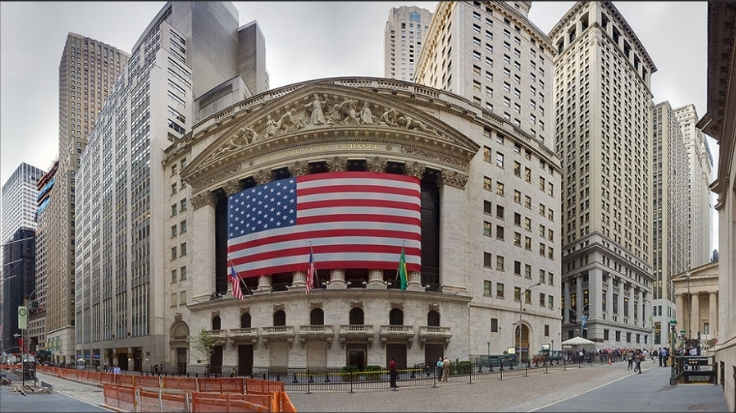🚀 Many investors in 2025 are asking the same question: how is it possible that the US market continues to rise even when company valuations seem excessively high? Discussions about an “AI bubble,” excessive optimism among retail investors, and the idea that “it’s too good to be true” are becoming increasingly common. However, a closer look reveals that the growth is driven by tangible factors. Moreover, some experts believe the upward trend could continue not only in 2025 but also in 2026–2027.
Three Key Growth Drivers
- Artificial Intelligence as an Efficiency Factor.
AI has stopped being just a buzzword. Large corporations are integrating it into business processes, automating routine tasks, optimizing logistics, marketing, and customer service. This reduces costs and allows companies to achieve higher financial results without increasing staff or capital expenditures. - Federal Reserve Policy.
The Fed has softened its rhetoric after a period of aggressive rate hikes. More accommodative monetary conditions create a favorable backdrop for corporate profits and stimulate investment appetite. At the same time, the risk of a recession appears lower than it did two years ago. - Resilience of Business Models.
The experience of the pandemic, inflation spikes, and trade tariffs has shown that American companies can maintain high margins even in challenging conditions. This increases investor confidence: if businesses survived recent crises, they likely have the resilience to withstand future challenges.
Where the Risks Lie
Of course, the other side of the picture cannot be ignored.
- The S&P 500 is currently trading at a P/E multiple of around 40 — a level close to the dot-com era. Historically, such valuations have always implied high expectations, which did not always materialize.
- To maintain current capitalization levels, companies will need to increase profits by about 13% in 2026 and 15% in 2027. These are ambitious goals, and not all companies will be able to achieve them.
- An additional risk is the labor market. If wages rise faster than productivity, company margins will come under pressure. In this case, the benefits of AI and the Fed’s accommodative policy could be offset.
What does it mean for investors?
The US market is indeed expensive, but an expensive market does not always mean an imminent decline. Growth can continue if the key drivers remain in place. Investors should focus on companies with resilient business models, high margins, and a strategy for implementing AI technologies.
Additionally, Fed actions and employment trends cannot be ignored: these will set the tone for the market in the coming years.
💎 Thinking Horizon
For those who want to take advantage of the situation, the main takeaway is simple: think not in quarters, but at least over a two- to three-year horizon. Only this approach allows separating temporary fluctuations from long-term trends and selecting companies that are likely to succeed in the new economic reality.
All content provided on this website (https://wildinwest.com/) -including attachments, links, or referenced materials — is for informative and entertainment purposes only and should not be considered as financial advice. Third-party materials remain the property of their respective owners.


